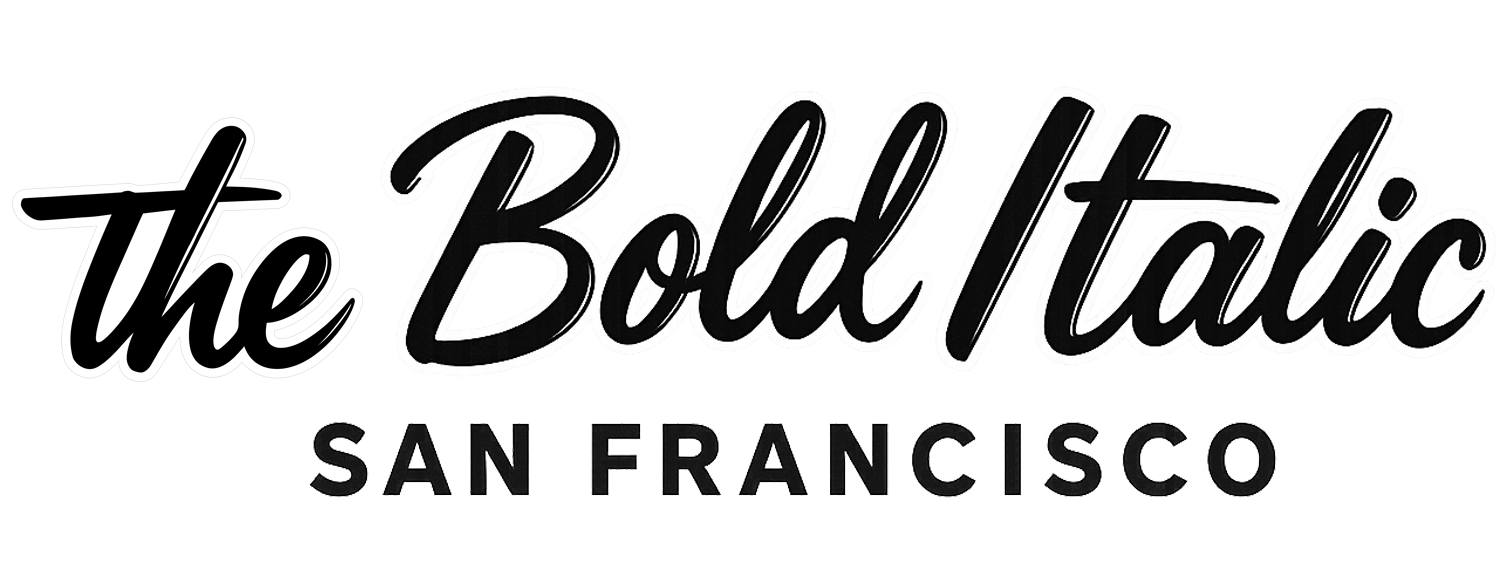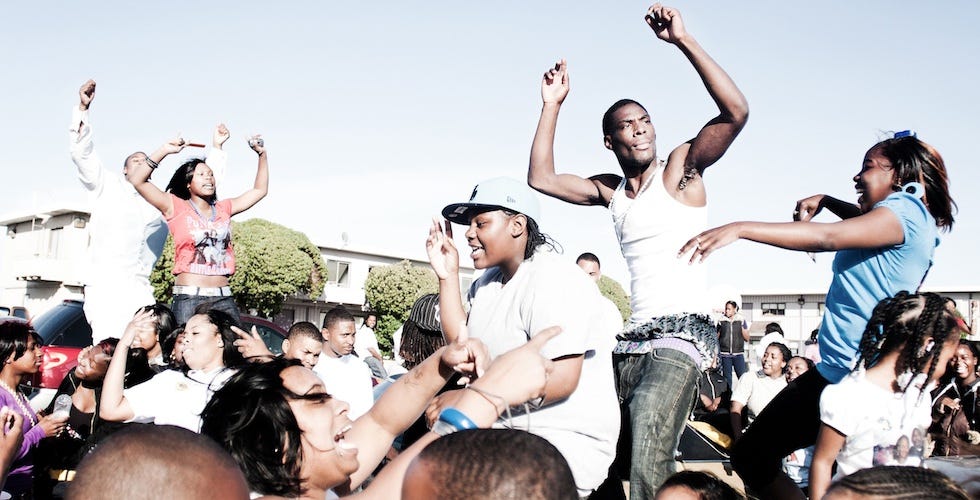
By Jennifer Maerz
I was really struck by New York-based Alex Welsh’s photo series on Bayview-Hunters Point when Slate profiled the documentary photographer earlier this week. Welsh focused on the neighborhood when he was in school at San Francisco State University and continued his documentary series for a couple years afterwards. His intimate images capture residents at equally intense and celebratory moments — freezing their expressions and close interactions at funerals and dance parties, family gatherings and playground fires. While he was working on this series, he bounced around San Francisco, living in the Sunset, Hunters Point, and the Richmond. But something about the Bayview-Hunters Point kept his focus there.
“I first came to [Bayview-Hunters Point] to shoot a story exploring the high levels of asthma and cancer rates in the neighborhood and their relation to the contaminated naval shipyard,” Welsh told me. “But once I started interviewing residents and exploring the community, I became curious about many of the pressing social issues the community faced. I was drawn to documenting the life of youth in the neighborhood because at the time I was the same age as many of the kids in the gangs, and I was taken aback by the stark difference of environment they were growing up in and the adversity they faced.”
I asked Welsh more about the realizations and relationships he had while working on this series.
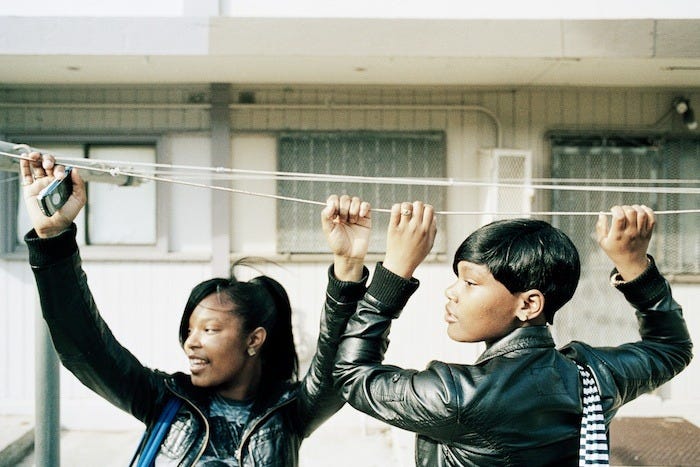
How did photographing the people in Bayview change your perception of the neighborhood?
I don’t know if I had a perception of the neighborhood before I started photographing. I actually wasn’t aware that it even existed. So my perceptions were forming as I shot the project, but I think they developed quite dramatically as time went on. I came out of the project in awe and with tremendous respect for everyone I came close to there. I saw first hand the unimaginable adversity they faced on a day to day basis, and what resonated most was a feeling of strong kinship with my subjects. I think I came in to document a community that seemed different and distant from my experience, and came out with an understanding that the idea that we are separate and segregated communities is a political and socially constructed illusion, and that we are in fact all part of the same community and responsible for its entire well being.
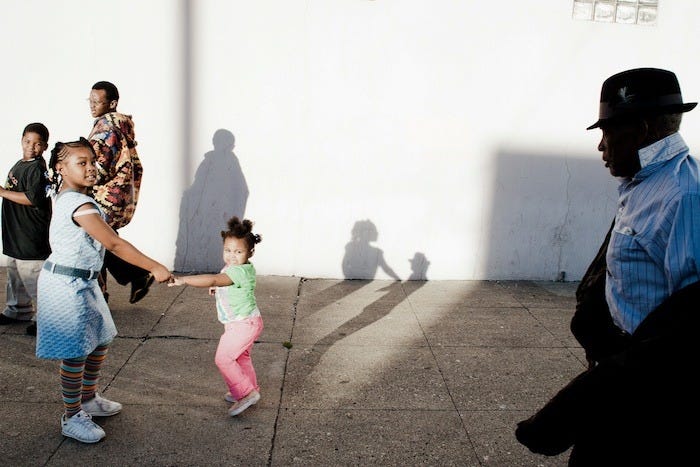
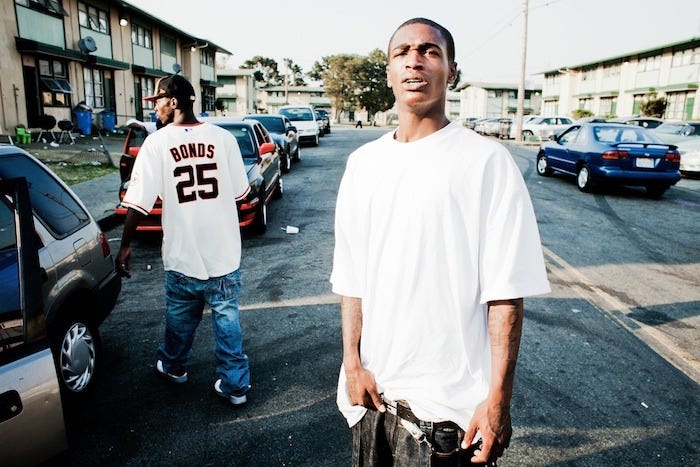
How do you think San Franciscans outside Bayview see that neighborhood? And in what ways would you hope your photos could help alter the perception?
I can’t speak for all San Franciscans. I think there were many residents who were concerned and actively fighting for justice in the neighborhood. However, I would say the majority of people I met were apathetic about the social issues in Bayview, and just understood it to be a dangerous neighborhood. I would hope my images communicate the severity and urgency of the problems in the neighborhood, while also bridging a racial and economic gap of understanding. I want people who see my pictures to go through the same learning experience that I did making them. I don’t think I was completely successful in this, I think creating a powerful body of work that successfully breaks these misconceptions would have taken a few more years, at least.

Did you have any concerns about any difficult scenes (involving cops, for example) reinforcing stereotypes about the Bayview?
I was concerned, but I think it’s important to look at the body of work as a whole. There are definitely certain realities, such as poverty, violence, and incarceration, that are important to document because they have such a tremendous affect on the community. But that is why long term work is so important to create, because the process of documenting is about breaking through your own preconceived notions and educating yourself, and in turn you can create imagery that goes beyond the stereotype. My goal was to contextualize those pictures that contribute to the typical narrative of Bayview with images that humanize and challenge the dominant perception.
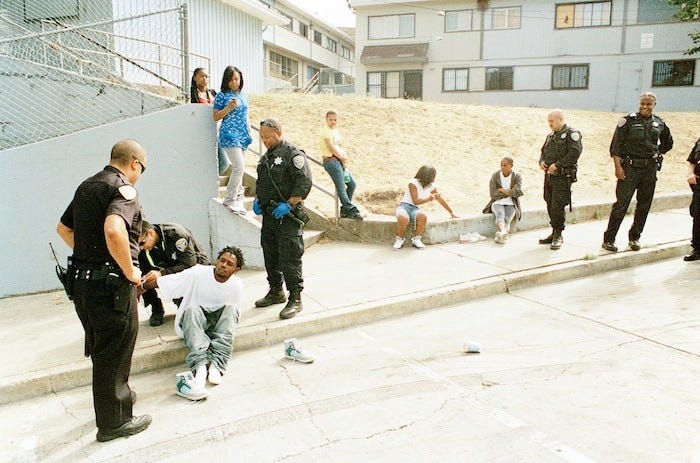
What were your thoughts about being a white outsider shooting a predominantly black neighborhood?
I think initially I was timid and self-conscious of that fact, but once I got to know people in the community, and they felt comfortable with me, I became less and concerned about it. While I think it’s problematic that the journalism industry is dominated by white males, in the case of this kind of immersive documentary work, over time I think it’s possible for a photographer to create a truthful and just portrayal of a community that they have had no prior experience in. I think as a journalist and photographer my responsibility is to take the time to build trust with people, and communicate honestly and openly about the documentary process, no matter who I am photographing, so I just focused on that.

Do you have any statistics about Bayview that helped frame what you wanted to shoot?
One of the most staggering statistics was the average annual income in the Hunters Point housing developments for a family of four was $14,869.00 and over 30% of households earned less than $10,000.00 annually. In Bayview, the annual income for a family of four was $45,000.00 (SF Human Services Agency, 2008)
Also, the gap between arrest rates for African Americans and whites in San Francisco is staggering. African Americans, who make up 6 percent of the population, are seven times more likely to be arrested than whites, who make up 41.8 percent of the city’s population. According to a study published by the California Department of Justice in 2012. While the number of homicides per year in San Francisco was roughly cut in half from 2006 to 2011, homicide rates did not decrease in Hunters Point, which consistently holds a disproportionate amount of the city homicides. (2011 SF Department of Children, Youth and Their Families)
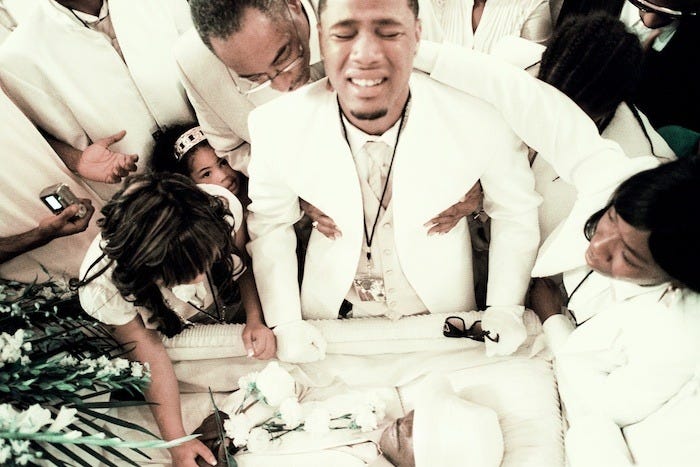
What’s something lasting that you came away with after completing the Bayview shoot?
I learned a tremendous amount from the people that I met in Hunters Point, it was a formative life experience that I still carry with me today. Most of all, I feel a strong connection and responsibility to do my part in bringing about justice and equality for the impoverished and marginalized communities in our country.
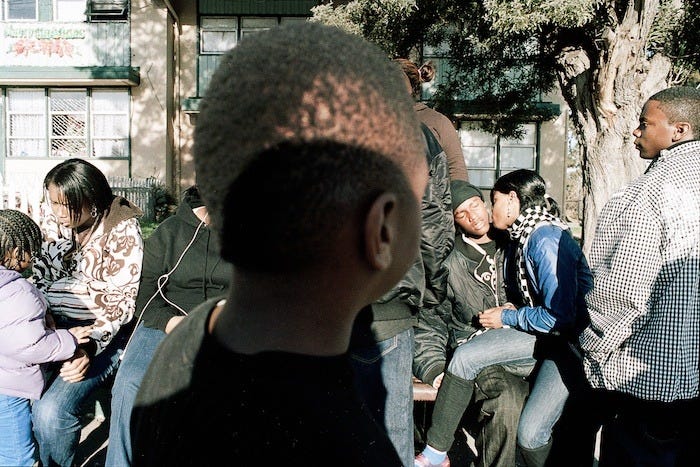
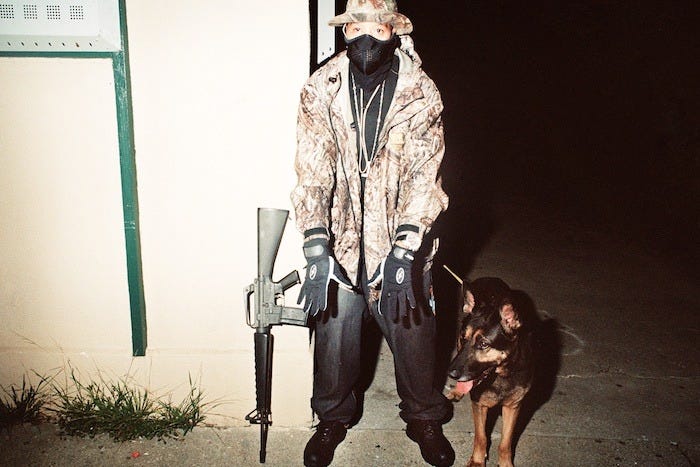
What are you working on next?
I am currently working on a documentary project in Brownsville, Brooklyn.
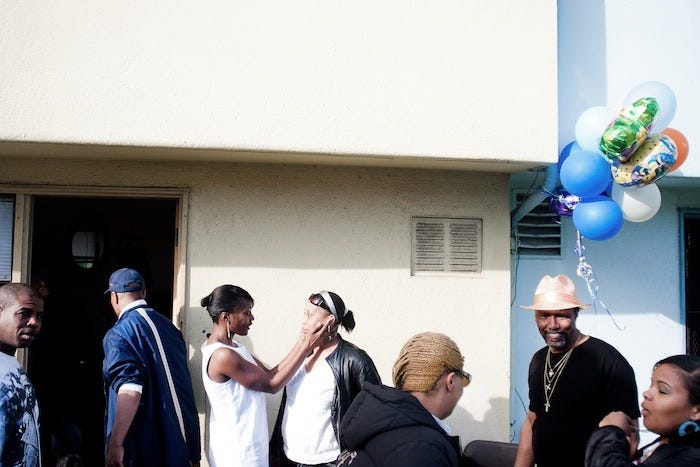
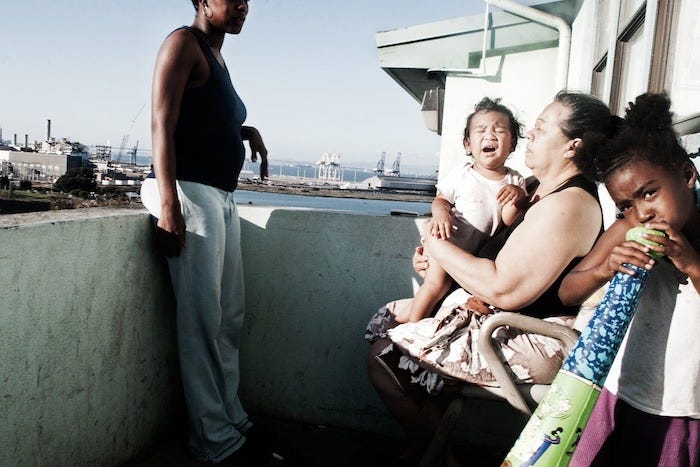
Photos courtesy of Alex Welsh


